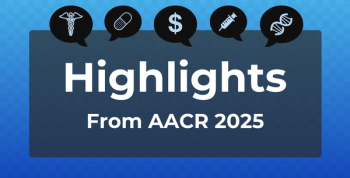
Air Pollution Tied to Increased Type 2 Diabetes Risk in Latino Children
Toxic air has long been suspected as a contributor to diabetes and obesity, but this study is the first to find a direct link.
Elevated
Published in Diabetes, the study found that high pollution levels make wreak havoc on beta cells that produce insulin, making the children more likely to develop T2D.
The study, a remarkable 12-year effort funded by the National Institutes of Health, followed 314 overweight and obese Latino children, starting when they were between 8 and 15 years old. On average, the children were followed for 3.5 years, with researchers bringing the children into the clinic at USC’s Childhood Obesity Research Center for annual physical exams. Children fasted so researchers could also measure their glucose and insulin levels.
The children lived in areas recognized by the US Environmental Protection Agency as having excess particulate matter, including nitrogen dioxide. None of the children had T2D when they enrolled in the study. But by the time they turned 18, their insulin-producing cells were 13% less efficient than normal.
“Exposure to heightened air pollution during childhood increases the risk for Hispanic children to become obese and, independent of that, to also develop type 2 diabetes,” Michael Goran, PhD, co-director of the Diabetes and Obesity Research Institute of USC’s Keck School Medicine, said in a statement. “Poor air quality appears to be a catalyst for obesity and diabetes in children, but the conditions probably are forged via different pathways.”
Diabetes and obesity are more prevalent among the poor and minority groups; according to CDC, 50% of
Senior author Frank Gilliland, professor of preventive medicine at the Keck School, said it has been “conventional wisdom” to place the blame for higher rates of diabetes on poor diets and lack of exercise. “Our study shows air pollution also contributes to type 2 diabetes risk.”
Reference
Alderete TL, Habre R, Toledo-Corral C, et al. Longitudinal associations between ambient air pollution with insulin sensitivity, β-cell function, and adiposity in Los Angeles Latino children [published online January 30, 2017]. Diabetes, 2017; db161416 DOI:
Newsletter
Stay ahead of policy, cost, and value—subscribe to AJMC for expert insights at the intersection of clinical care and health economics.









































